Some animals of India include the Nilgai or Boselaphus tragocamelus, the Indian Vulture or Gyps bengalensis, and the Bengal Tiger or Panthera tigris tigris. The Republic of India is a vast country in Asia with diverse climates and geography, which results in a wide variety of fauna, from exotic to common species. Below, we provide detailed information about these Indian animals.

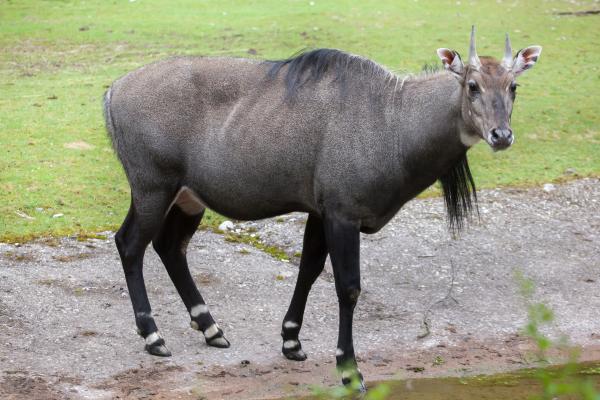
Also known as the blue bull due to the bluish coloration of the male's coat. It is a graceful bovine, slender and strong, resembling deer in some aspects. It has short horns, moves very quietly, and is herbivorous.
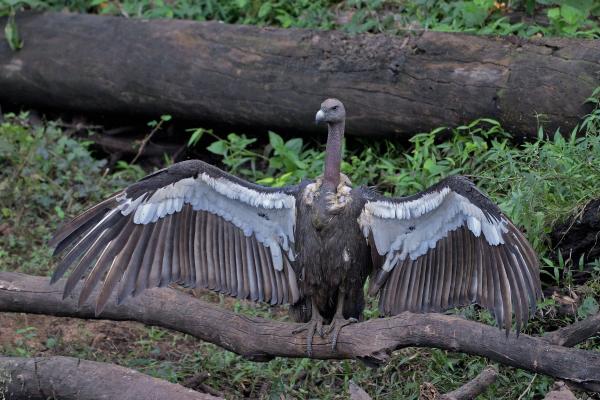
The Indian vulture is an endemic bird species native to India, belonging to the same family as eagles and hawks. It feeds on carcasses of livestock treated with the drug diclofenac, which has led it to become one of the most critically endangered animals in India.
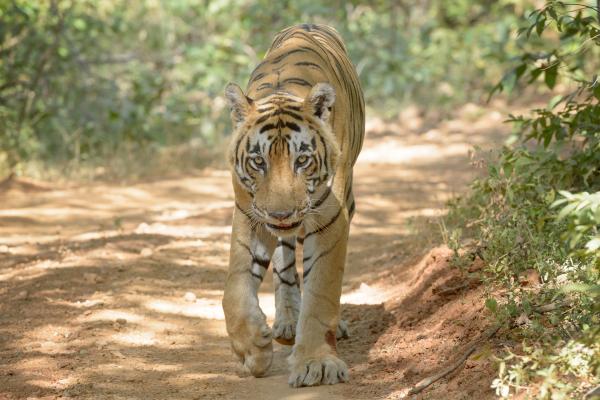
Another endangered species in India, its habitat has been fragmented by urban expansion, and it faces threats from poaching despite being considered sacred in India. The Bengal tiger has been the national animal of India since 1973, a designation aimed at raising awareness for its conservation.

Not critically endangered but threatened due to drastic population declines from human hunting. It is the only lion subspecies living outside Africa. Smaller than the African lion, with thicker fur and tufts of hair on its elbows.
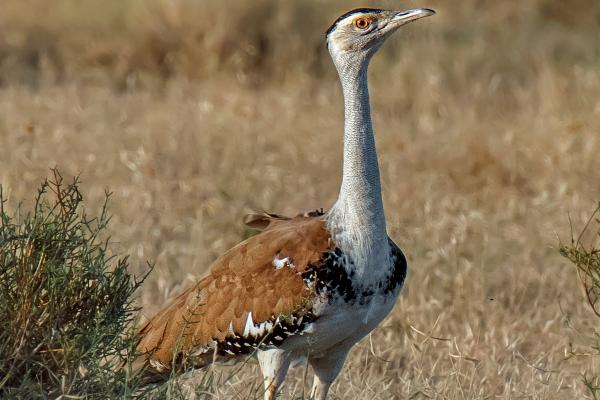
A rare bird species in India, endangered mainly due to collisions with power lines in its habitat. It lives around 13 to 15 years, with fewer than 300 individuals estimated to remain.

Called the king cobra due to its stature and elegance, it is one of the most venomous snakes. It can grow between five and six and a half meters long. It inhabits lakes and streams within dense forests. Primarily feeds on other snakes. Its venom can cause severe damage to human vision, breathing, kidneys, and heart, making it one of the most potent venoms in the animal kingdom.
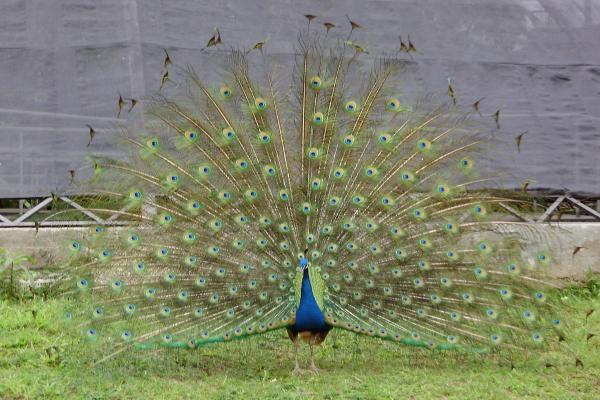
An endemic bird species of India, now often seen in parks or large estates, originally a forest species. It can live up to 15 years in the wild and weigh up to six kilograms. Only males have the beautiful, colorful tail feathers admired since ancient times. They can fly short distances and feed and nest on the ground, but rest and sleep in trees at night. They are polygamous, with males having up to five or six female mates.

A typical wildcat species in southern India, with yellowish-green fur. Small in size, not exceeding four kilograms. It has a long, ringed tail ending with a black tip. It closely resembles the domestic cat but is a subspecies of the Eurasian wildcat, whose population has grown considerably in India.
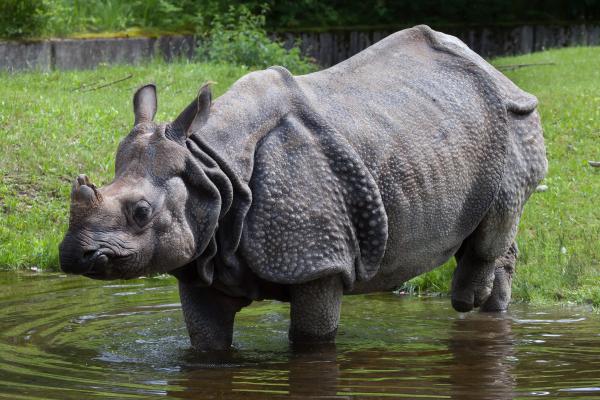
The largest rhino species in northern India, measuring about three and a half meters long and weighing up to 2200 kilograms. It lives in grasslands and steppes, feeding on grasses. It has a large horn up to 50 cm long on its nose, historically believed to have medicinal powers, leading to illegal hunting. Its thick skin resembles armor plating. Despite its size, it can run up to 50 km/h over short distances. Usually gives birth to a single calf, which stays with its mother until she becomes pregnant again, typically every two to three years. It is critically endangered, with only about 2000 individuals left in the wild.
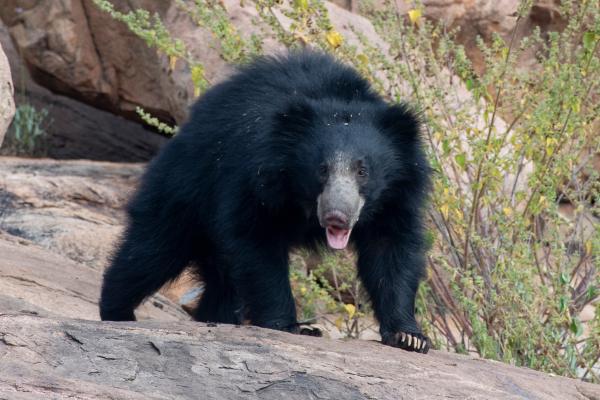
Also known as the sloth bear, it has suffered cruel treatment historically. These bears are captured and have their muzzles tied with ropes to be controlled. They are made to "dance" to music by pulling the ropes causing pain. Despite protests from animal rights advocates, this cruel practice continues in some places.
animal tags: Indian Animals
We created this article in conjunction with AI technology, then made sure it was fact-checked and edited by a Animals Top editor.